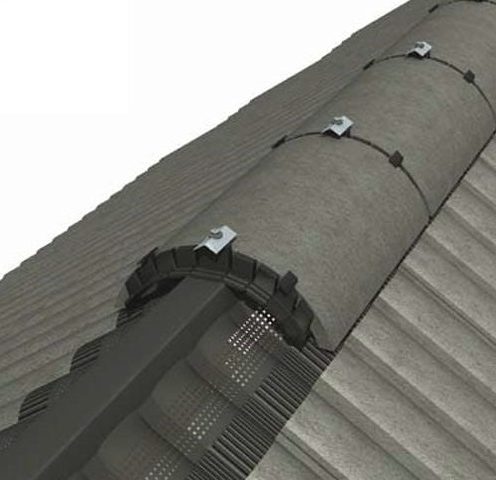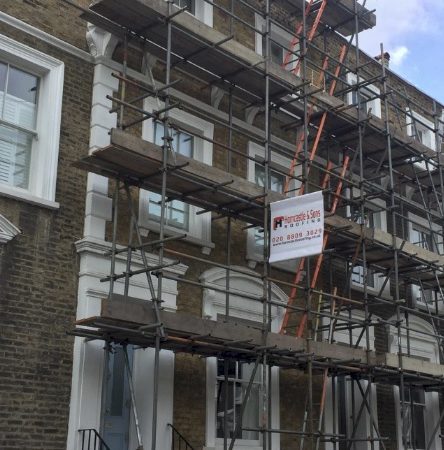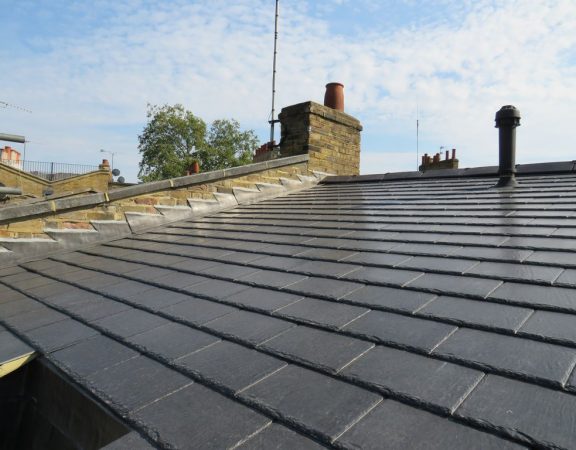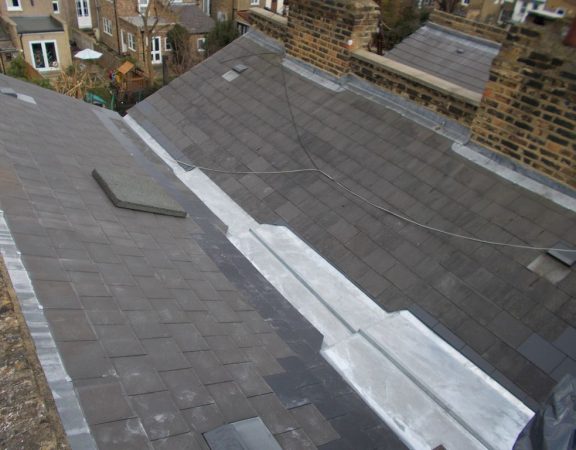What Is a Dry Ridge System & Why Should You Consider It?
We’re always helping homeowners across London make their roofs safer, stronger, and more durable. One of the most effective and modern upgrades you can make is installing a dry ridge system. While many still think of roof ridges as being held in place by mortar, dry ridge technology has completely changed the game—especially since it became part of UK building regulations.
Under BS 5534 (the British Standard for roofing), mechanically fixed dry ridge systems are now mandatory on all new pitched roofs. While there are exceptions for listed and period properties, or minor repairs, in most cases this modern solution is now the standard—and for good reason.
What Is a Dry Ridge System?
A dry ridge system is a way of securing ridge and hip tiles without using traditional sand and cement. Instead of mortar, ridge tiles are held in place by strong, weather-resistant clamps that are fixed into the roof structure. These clamps are fitted between each ridge tile and secured with screws. Beneath each fixing point are small waterproof unions that collect and deflect water safely onto the tiles below.
This method not only looks clean and modern but also avoids the many problems associated with traditional mortar-based ridges.
Benefits of Dry Ridge Systems
-
Improved Weather Resistance
Traditional mortar can weaken, crack, or crumble over time, especially in wet or windy conditions. In contrast, a dry ridge system is mechanically fixed, so tiles are far less likely to be dislodged during storms or high winds. That’s why many homeowners now prefer this system—it adds extra peace of mind during harsh British weather.
-
Maintenance-Free Performance
Mortar requires periodic inspection and repair, which means ongoing maintenance. Dry ridge systems, on the other hand, are designed to be virtually maintenance-free. Once installed, they require very little attention—saving time and money in the long term.
-
Built-In Roof Ventilation
Another major advantage is that dry ridge systems improve airflow in the roof space. Built-in vents allow for discreet and continuous ventilation, helping prevent condensation build-up, mould growth, and damp insulation. It’s a simple but effective way to enhance the overall health of your roofing system.
Should You Upgrade?
If your current ridge tiles are starting to show signs of wear, or if you’re investing in a new roof altogether, switching to a dry ridge system is well worth considering. It not only meets modern regulations but delivers better performance, less maintenance, and longer-lasting results.
We’ve helped customers across London transition from traditional mortar to dry ridge with ease. Whether you’re based locally or searching for roofing contractors in Haringey or need reliable roofing services in Holloway, our team is here to help.
We also offer full roofing services to keep your entire roof in top condition—not just the ridges.
So, if you’re looking for expert, dependable roofing services in London, give us a call today. We’re happy to offer advice, inspections, and high-quality installations tailored to your home.






